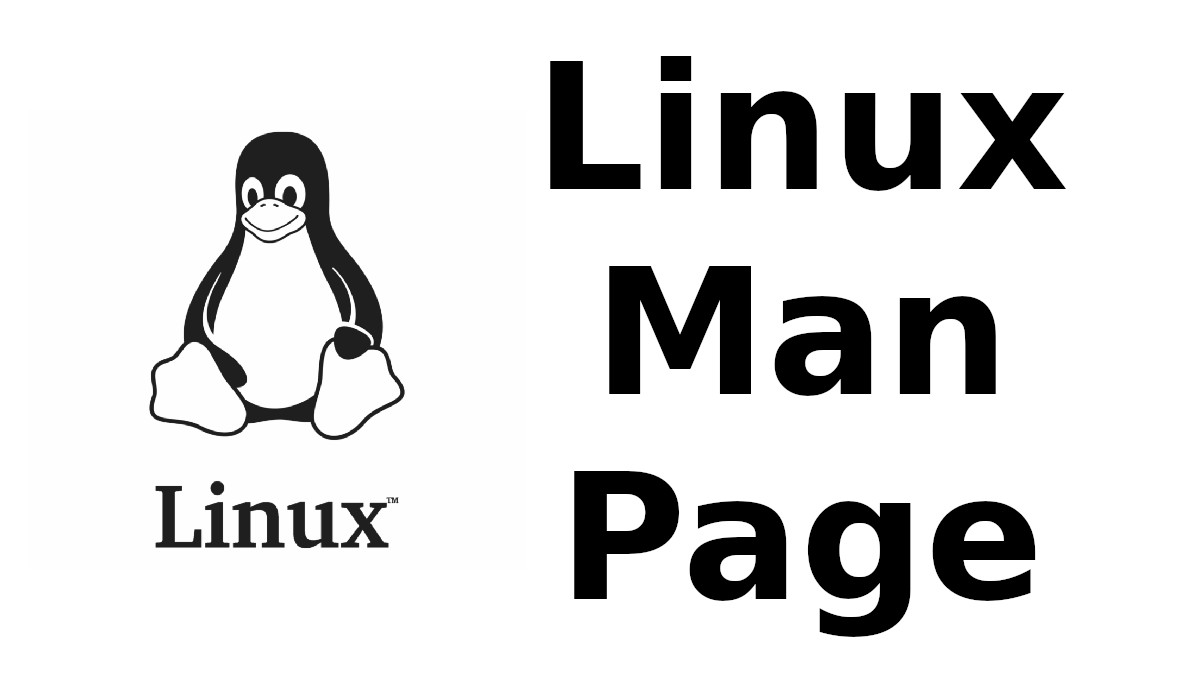 Content-type: text/html; charset=UTF-8
Content-type: text/html; charset=UTF-8
clear
Section: User Commands (1)Updated:
Index Return to Main Contents
NAME
clear - clear the terminal screenSYNOPSIS
clear [-Ttype] [-V] [-x]DESCRIPTION
clear clears your screen if this is possible, including its scrollback buffer (if the extended ``E3'' capability is defined). clear looks in the environment for the terminal type given by the environment variable TERM, and then in the terminfo database to determine how to clear the screen.clear writes to the standard output. You can redirect the standard output to a file (which prevents clear from actually clearing the screen), and later cat the file to the screen, clearing it at that point.
OPTIONS
- -T type
- indicates the type of terminal. Normally this option is unnecessary, because the default is taken from the environment variable TERM. If -T is specified, then the shell variables LINES and COLUMNS will also be ignored.
- -V
- reports the version of ncurses which was used in this program, and exits. The options are as follows:
- -x
- do not attempt to clear the terminal's scrollback buffer using the extended ``E3'' capability.
HISTORY
A clear command appeared in 2.79BSD dated February 24, 1979. Later that was provided in Unix 8th edition (1985).
AT&T adapted a different BSD program (tset) to make
a new command (tput),
and used this to replace the clear command with a shell script
which calls tput clear, e.g.,
.sp
.in +4
/usr/bin/tput ${1:+-T$1} clear 2> /dev/null
exit
In 1989, when Keith Bostic revised the BSD tput command
to make it similar to the AT&T tput,
he added a shell script for the clear command:
.sp
.in +4
exec tput clear
The remainder of the script in each case is a copyright notice.
The ncurses clear command began in 1995 by adapting the original BSD clear command (with terminfo, of course).
The E3 extension came later:
.IP • 4
In June 1999, xterm provided an extension to the standard control
sequence for clearing the screen.
Rather than clearing just the visible part of the screen using
.sp
.in +4
printf '\033[2J'
-
one could clear the scrollback using
.sp
.in +4printf '\033[3J'
-
This is documented in XTerm Control Sequences as a feature originating
with xterm.
.IP • 4 A few other terminal developers adopted the feature, e.g., PuTTY in 2006.
.IP • 4 In April 2011, a Red Hat developer submitted a patch to the Linux kernel, modifying its console driver to do the same thing. The Linux change, part of the 3.0 release, did not mention xterm, although it was cited in the Red Hat bug report (#683733) which led to the change.
.IP • 4 Again, a few other terminal developers adopted the feature. But the next relevant step was a change to the clear program in 2013 to incorporate this extension.
.IP • 4 In 2013, the E3 extension was overlooked in tput with the ``clear'' parameter. That was addressed in 2016 by reorganizing tput to share its logic with clear and tset.
PORTABILITY
Neither IEEE Std 1003.1/The Open Group Base Specifications Issue 7 (POSIX.1-2008) nor X/Open Curses Issue 7 documents tset or reset.The latter documents tput, which could be used to replace this utility either via a shell script or by an alias (such as a symbolic link) to run tput as clear.
SEE ALSO
tput(1), terminfo(5)This describes ncurses version 6.1 (patch 20180127).
Index
This document was created by man2html, using the manual pages.
Time: 04:45:25 GMT, September 16, 2022


![[MAN] gs](https://blogger.googleusercontent.com/img/a/AVvXsEitfznRjvReRJUdd4v4tRKeHPIiY6C4DkbiRpW4pB5OZ0x9kOjfQtTv9Fi2i8IjVLmzastSRdRDORdabWA1dlnhBibT-DKKkYqYuonPtC15h6_o6d10zPAjZ9qQkn4NfICnrEMX-4XvPMJpiSKALSp7wLwGfP05yapMjWQCy8wvQRVQyUokHrQllrbd=w72-h72-p-k-no-nu)
0 댓글